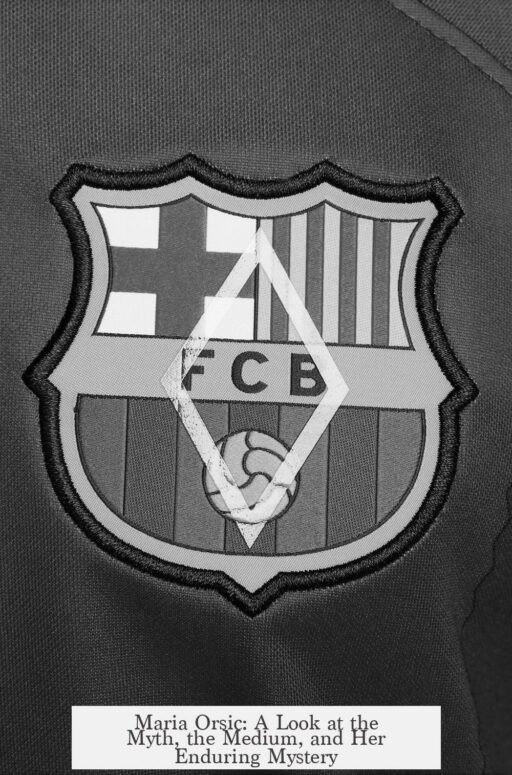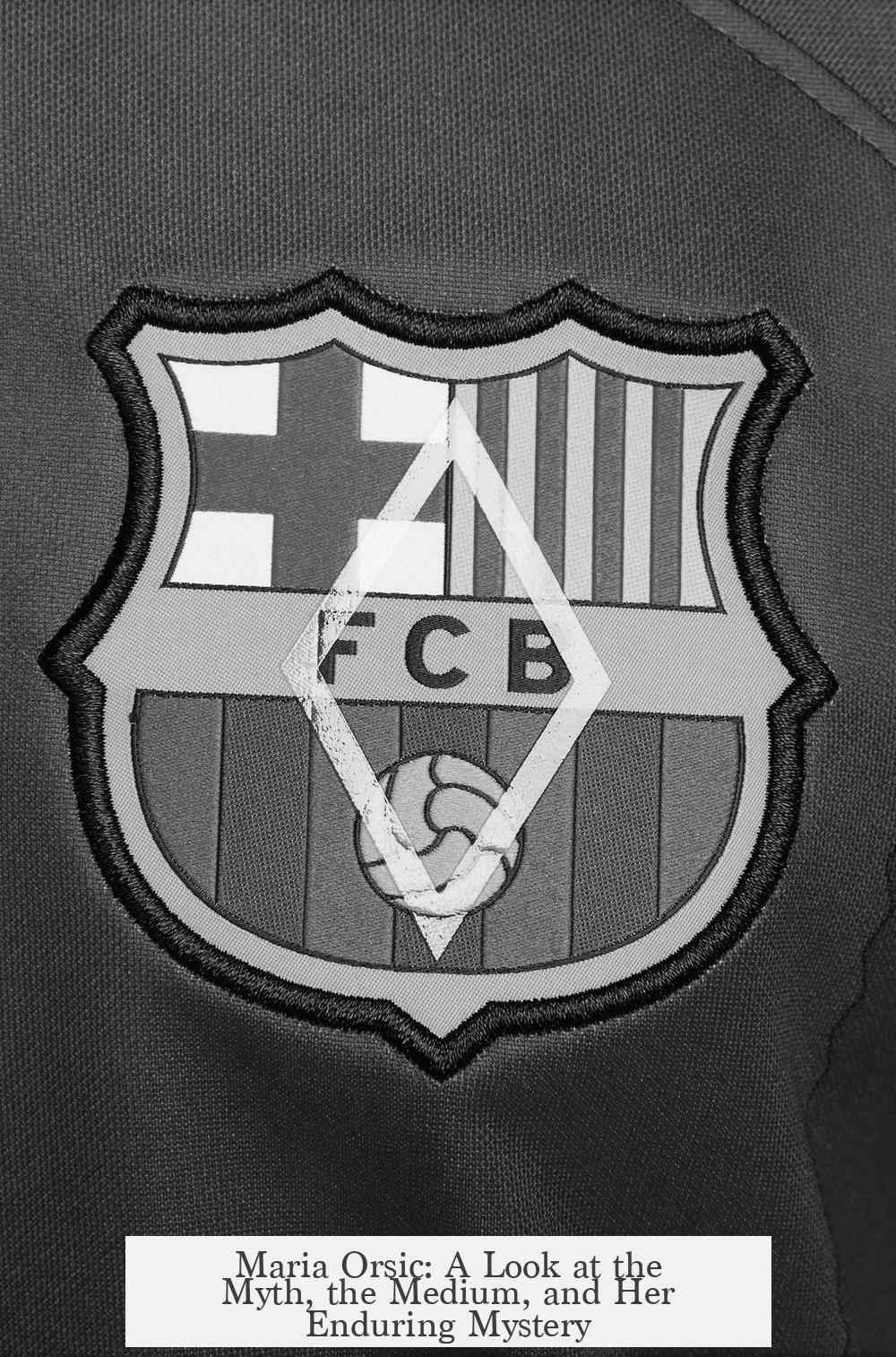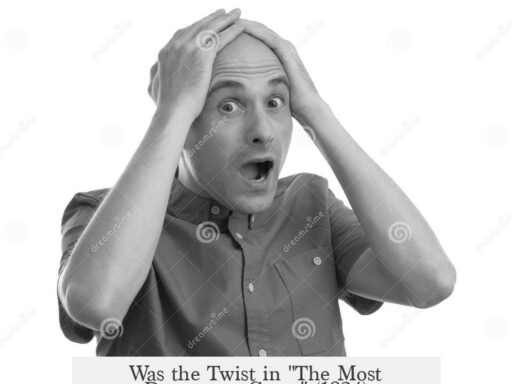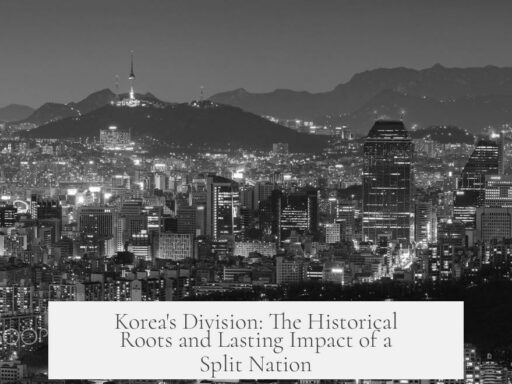Maria Orsic is a fictional figure, invented in modern far-right occult literature and conspiracy theory, with no basis in historical reality. Claims of her existence as a Croatian medium, leader of the Vril Society, and key occult influencer for Nazi Germany lack any contemporary evidence. Scholarly research traces the origin of Orsic’s story to late 20th-century neo-Nazi sources rather than genuine historical records.

The myth surrounding Maria Orsic places her at the center of Nazi occultism and alleged UFO technology development. According to these tales, Orsic led the Vril Society, a secret group channeling advanced knowledge from extraterrestrial Aryan beings on the planet Sumi-Er. This narrative suggests that she and the Vril maidens transmitted detailed plans for flying machines, ultimately facilitating Nazi escape via Antarctic bases after World War II. Nevertheless, thorough investigation proves these stories to be fabrications.
Two prominent researchers, Nicholas Goodrick-Clarke, a professor specializing in Western Esotericism, and Dutch historian Theo Paijmans, identify Maria Orsic’s first mentions in obscure German-language videos and books from the 1980s and 1990s. The key proponents of this mythology—Norbert Jürgen-Ratthofer and Ralf Ettl—base their claims on alleged documents that do not support Orsic’s existence. For instance, the 1930 pamphlet Vril: Die Kosmiche Ukraft. Wiedergeburt von Atlantis, cited as proof, contains no reference to her. Images depicting Orsic have been demonstrated to be composites or misattributions.

The concept of “vril” itself predates Nazism by decades. Emerging from Edward Bulwer-Lytton’s 1873 novel The Coming Race, vril is described as a powerful, omnipresent energy with the ability to heal, destroy, or influence minds. Helena Petrovna Blavatsky later linked vril to mystical forces she called “Mash-Mak” in her 1888 work The Secret Doctrine. The Weimar-era pamphlet Vril: Die Kosmiche Ukraft revived interest in this energy but had no proven impact on actual Nazi leaders, despite modern claims to the contrary.
Popularization of the Nazi occult myth, including the alleged use of vril energy and secret societies like the Vril Society, stems largely from the 1960 book Le Matin des Magiciens by François Pauwels and Jacques Bergier. This work sparked fascination with supposed Nazi occult technology and extraterrestrial connections but is recognized by scholars as speculative and sensational rather than factual.
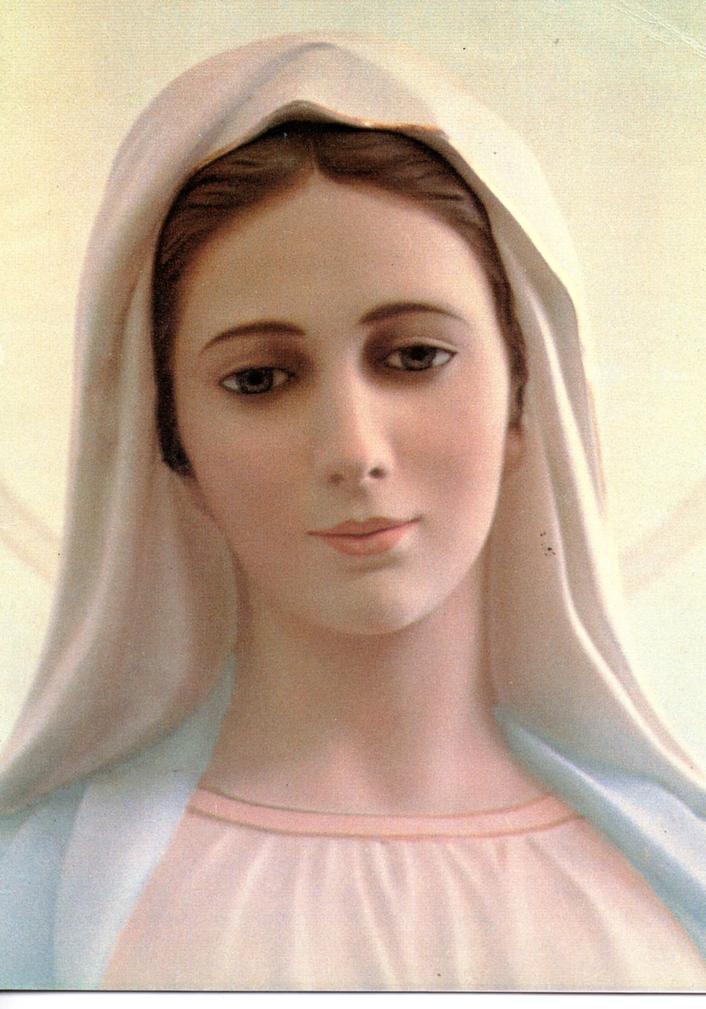
The supposed Vril Society’s foundation story suggests a splinter from the Thule Society due to political disagreements in the early 1920s. Maria Orsic allegedly led this group, establishing ties with the early Nazi Party. Still, no trustworthy historical documentation supports the society’s existence or Orsic’s role. The group’s claimed continuation after 1945, covert Antarctic bases, and UFOs manifest as part of conspiratorial lore rather than documented history.
Claims about Orsic’s mediumship and her all-female circle channelling cosmic messages align closely with occultist fantasies rather than verifiable records. The notion that these communications came from Aryan super-beings on Sumi-Er remains a mythic construct without corroboration.

In sum, scholarly consensus and documented evidence demonstrate that Maria Orsic is a modern fictional character created by far-right occultists spearheaded by Jürgen-Ratthofer and Ettl. No credible historical sources from the Nazi era mention her or validate any of the extensive conspiracies built around her figure.
- Maria Orsic is a fabricated character with no factual historic presence.
- She is linked to far-right mythmaking around Nazi occultism and UFO lore.
- The Vril Society and its Nazi connections are inventions without contemporary support.
- Vril energy is a fictional concept originating from 19th-century literature.
- Modern claims often misuse or distort sources like the 1930 Vril pamphlet.
- Scholars widely reject all purported evidence about Orsic as fabricated.
Maria Orsic: The Myth, The Medium, and The Mystery Unraveled

Maria Orsic is a complete invention, a phantom conjured by late 20th-century far-right occultists to feed a bizarre blend of Nazi mysticism and UFO fantasies. The story may sound thrilling—secret societies, alien contact, hidden Nazi technology—but it fails under the spotlight of historical scrutiny. So, who is Maria Orsic really? Let’s dive deep into this elaborate myth.
First off, let’s clarify what isn’t true. Despite her name echoing through books and websites about Nazi occultism, there is no reliable evidence Maria Orsic ever existed. Not a single contemporary document, photograph, or official record from the Nazi era mentions her. Leading scholars like Nicholas Goodrick-Clarke and Theo Paijmans trace her origin to the late 1980s and the early 1990s, emerging from neo-Nazi circles in Germany and Austria. Apparently, Maria Orsic is the brainchild of Norbert Jürgen-Ratthofer and Ralf Ettl, two far-right occult enthusiasts with a flair for creative fiction rather than fact.

So where did this myth get its start? One key piece of supposed “evidence” is a 1930 pamphlet titled Vril: Die Kosmische Ukraft. Wiedergeburt von Atlantis. The pamphlet certainly exists, but it does not mention Maria Orsic at all. Any claims otherwise are either mistaken or intentionally deceptive. To add to the mix, numerous photos claimed to be of Orsic are actually composites—digital fabrications or misidentifications designed to lend visual weight to a story without basis.
What about this idea of “Vril,” often linked to Orsic and the Nazis? That concept predates Hitler’s rise and Nazi Germany’s escapades by several decades. Originating from Edward Bulwer Lytton’s 1873 novel The Coming Race, vril is a fictional, all-powerful energy source capable of both healing and destruction. Lytton imagined vril as a force that could even control minds—pretty advanced stuff for a Victorian-era sci-fi thriller.
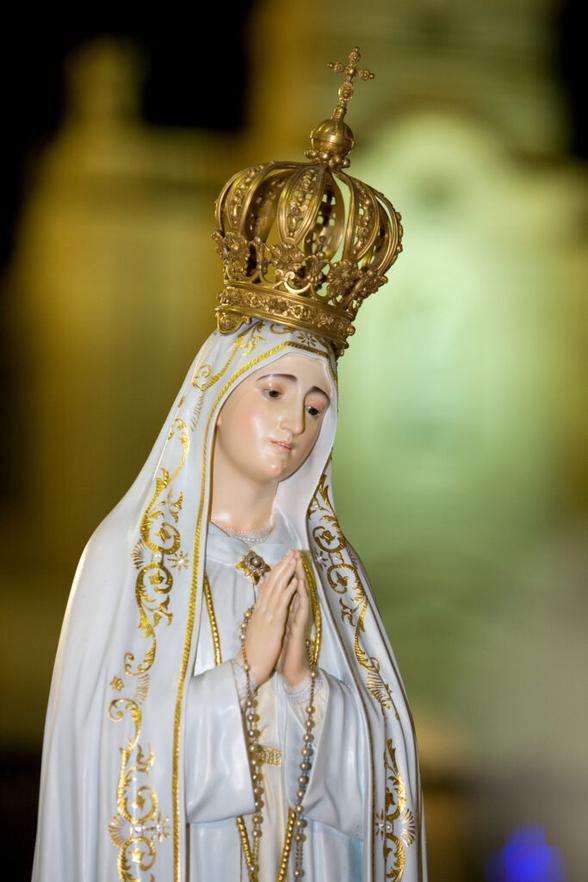
Occultists of the late 19th century, such as Helena Petrovna Blavatsky, adopted the concept. She connected vril to the long-lost power of Atlantis, calling it “Mash-Mak” and embedding it in her secret doctrines. Still, by the time the Nazis came to power, there’s no evidence anyone prominent in the regime placed any stock in vril or related occult Pamphlets. The 1930 pamphlet’s influence was basically nil at the time.
The modern fascination with Nazi occultism, including stories about the Vril Society, springs largely from the 1960 French bestseller Le Matin des Magiciens (“The Morning of the Magicians”) by François Pauwels and Jacques Bergier. They painted a dramatic picture of Nazi occult mysteries, bringing obscure ideas like vril into widespread pop culture awareness. Unfortunately, their book also sparked countless conspiracy theories untethered to historical facts.
Authors like Jürgen-Ratthofer and Ettl took this further, creating a tale in which Maria Orsic leads the Vril Society: a secretive, all-female group of mediums channeling alien technology and blueprints for advanced flying machines. According to their story, Orsic’s channeling reached a utopian Nazi colony on the planet Sumi-Er in the Aldebaran star system—about 68 light years away. This “Aryan super-race” setting plays right into the eerie fantasies of Nazi racial ideology meshed with speculative science fiction.
But wait, the story gets wilder: the Vril Society allegedly helped Nazis escape defeat in 1945 by flying off to Antarctic bases on Vril-powered UFOs. For cold war enthusiasts and conspiracy theorists, it’s a juicy plot – secret alien tech, hidden bases, and ongoing surveillance of global events via futuristic aircraft. The problem? All these claims lack a shred of credible evidence.
Scholars who specialize in Western esotericism and Nazi history agree: the tale of Maria Orsic and the Vril Society is a modern fantasy, not a piece of proven history. No authentic documents or eyewitness accounts from the 1920s-1940s validate any of it. Instead, it’s a post-facto construction by fringe authors hoping to amplify their narratives with dramatic flair.
Before you dismiss the legend as mere fiction, here’s something to ponder: why does the story of Maria Orsic captivate the imagination so deeply? Maybe it’s because it offers an alluring blend of mystery, lost knowledge, and secret histories. Or perhaps it satisfies a human craving for hidden truths lurking beneath official records. On some level, these myths function like modern folklore, shaped by cultural anxieties and fascinations.
If you’re drawn to occult history or WWII conspiracy theories, here are some tips to separate fact from fantasy:
- Look for contemporary evidence: Reliable history depends on documents or eyewitness accounts created during the period in question.
- Scrutinize sources: Be suspicious of claims coming solely from modern authors with clear ideological agendas or backgrounds in fringe publishing.
- Check peer-reviewed research: Academic works by historians and experts on Nazi Germany or Western esotericism usually clarify myths versus facts.
- Beware composite images or unverifiable “photographs”: Easily manipulated images can deceive viewers into believing fabricated identities.
So, to sum up, Maria Orsic is best understood as a legend born from late 20th-century socio-political mythmaking—not a real medium or occult leader from Nazi times. The supposed evidence supporting her existence repeatedly falls apart under inspection. Vril remains a fascinating fictional concept rather than a historical fact powering secret Nazi technology.
In a world hungry for conspiracy theories, Maria Orsic’s story is a vivid reminder: sometimes, the truth is a bit less thrilling but infinitely more important. And while the idea of Aryan superhumans channeling alien tech makes for a gripping science fiction, it’s also a cultural cautionary tale about the dangers of blending fantasy with history.
“Maria Orsic’s story is a cautionary tale—when historical fantasy gets mistaken for fact, myth becomes more powerful than truth. But distinguishing between the two helps us better understand both history and ourselves.”
